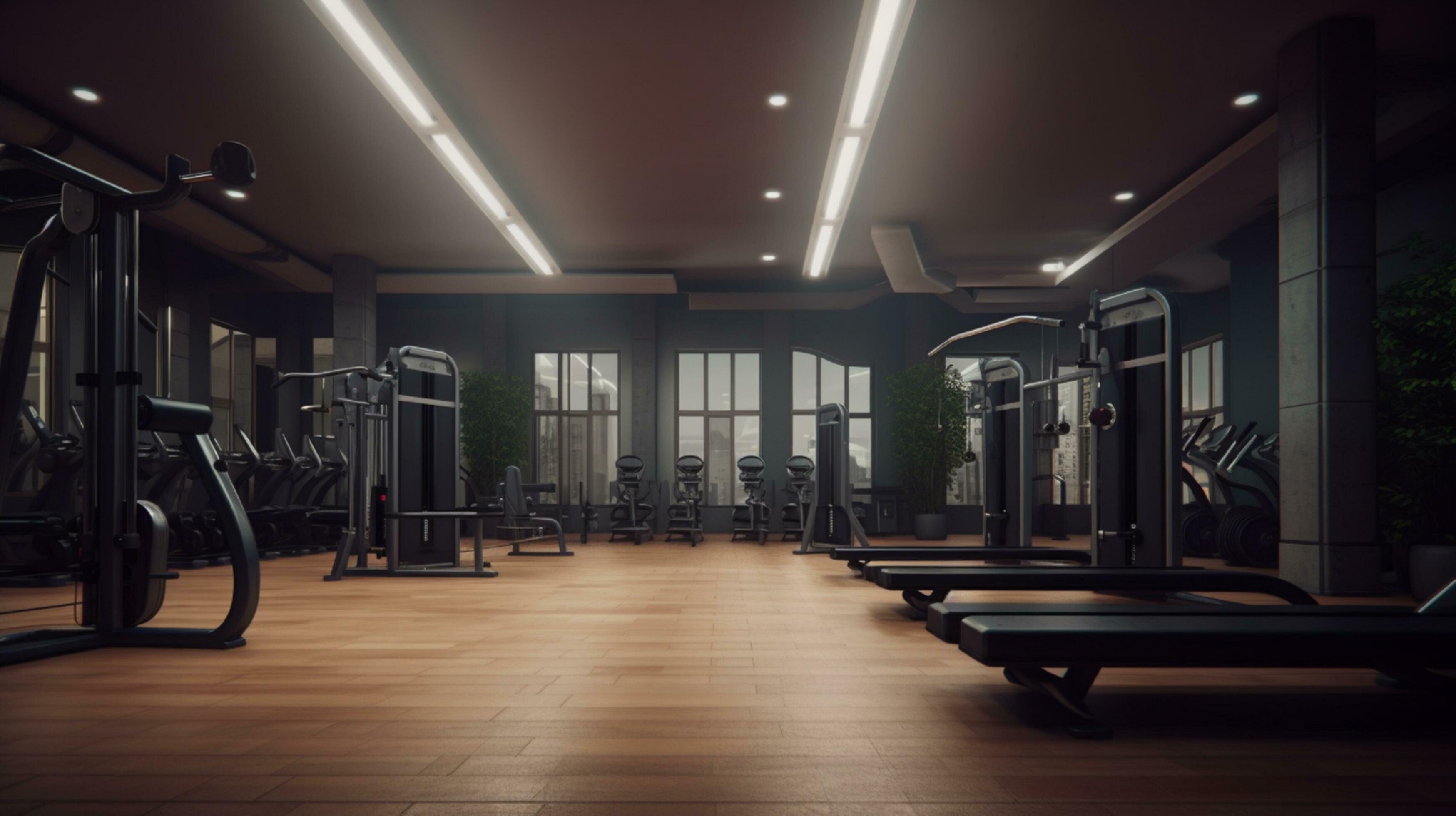Skip to product grid
-


OxyRevo Apex36 1.5 ATA Portable Hyperbaric Chamber
Regular price From $8,999.00Sale price From $8,999.00 Regular price -


Newtowne Hyperbarics Tent Hyperbaric Chamber
Regular price From $8,995.00Sale price From $8,995.00 Regular price -


Newtowne Hyperbarics Shoe Hyperbaric Chamber
Regular price From $5,395.00Sale price From $5,395.00 Regular price -


Newtowne Hyperbarics Long Shoe Hyperbaric Chamber
Regular price From $5,995.00Sale price From $5,995.00 Regular price -


Newtowne Hyperbarics C4-40 Hyperbaric Chamber
Regular price From $9,895.00Sale price From $9,895.00 Regular price -


Newtowne Hyperbarics C4-34 Hyperbaric Chamber
Regular price From $6,295.00Sale price From $6,295.00 Regular price -


Newtowne Hyperbarics C4-27 Hyperbaric Chamber (80L compressor)
Regular price $4,495.00Sale price $4,495.00 Regular price -


OxyNova 9 Hyperbaric Chamber
Regular price $34,500.00Sale price $34,500.00 Regular price -


OxyNova 8 Hyperbaric Chamber
Regular price $28,500.00Sale price $28,500.00 Regular price -


OxyNova 7 Hyperbaric Chamber
Regular price $25,500.00Sale price $25,500.00 Regular price -


OxyNova 5 Hyperbaric Chamber
Regular price $18,500.00Sale price $18,500.00 Regular price -


OxyRevo Elite32 1.4 ATA Portable Hyperbaric Chamber
Regular price From $7,499.00Sale price From $7,499.00 Regular price -


OxyRevo Elite36 1.4 ATA Portable Hyperbaric Chamber
Regular price From $7,999.00Sale price From $7,999.00 Regular price -


OxyRevo Apex32 1.5 ATA Portable Hyperbaric Chamber
Regular price From $8,499.00Sale price From $8,499.00 Regular price -


OxyRevo Forward90 1.4 to 1.5 ATA Portable Sitting Hyperbaric Chamber
Regular price From $9,499.00Sale price From $9,499.00 Regular price -


OxyRevo Heal40 1.4 ATA Wheelchair Hyperbaric Chamber
Regular price From $11,499.00Sale price From $11,499.00 Regular price



































